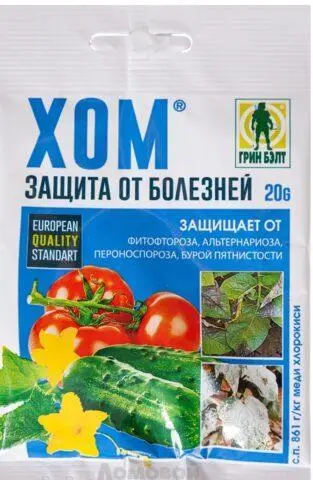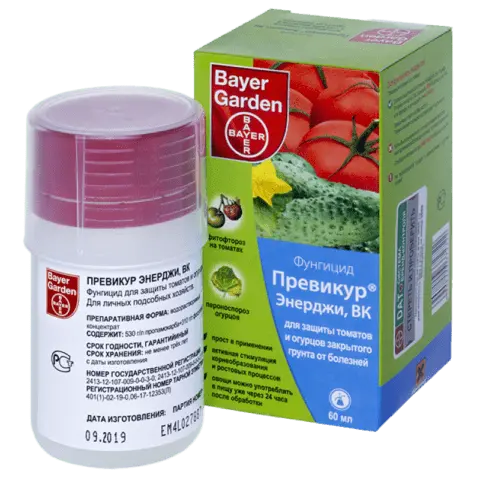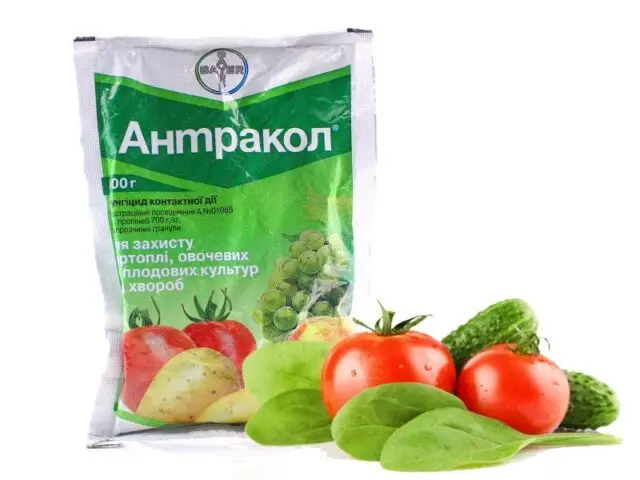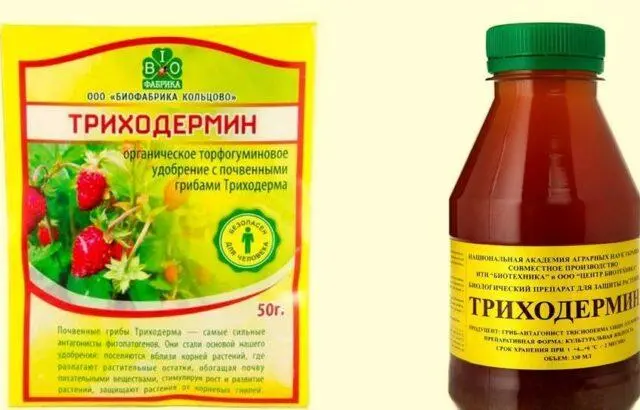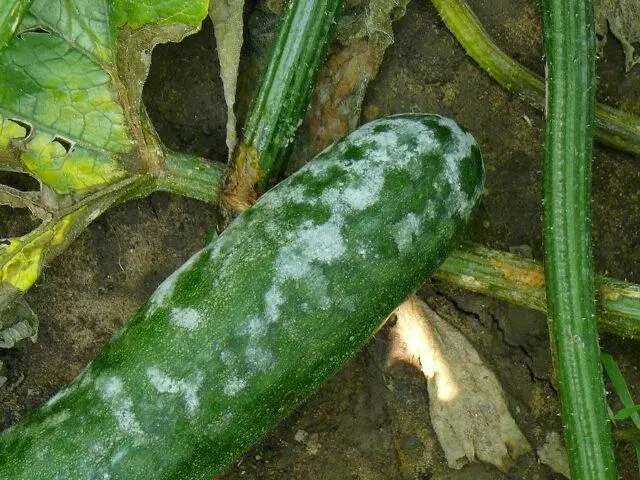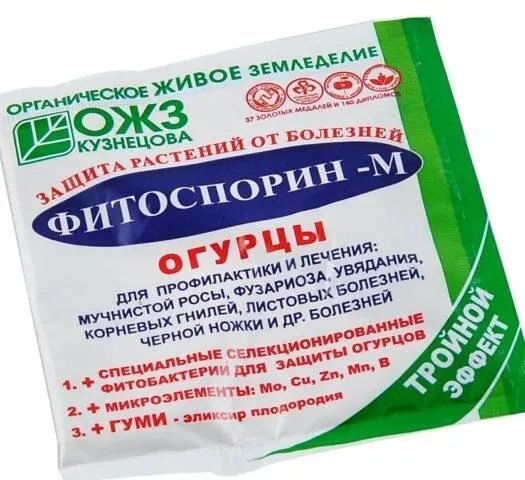Contents
Phytophthora on cucumbers is a fungal disease that also affects other crops, trees, and even houseplants. The causative agent is harmful, adapts well to various climatic conditions. Without proper prevention and timely treatment of infected plantings, you can lose the crop.
Do cucumbers get phytophthora
More often, phytophthora affects representatives of the Solanaceae family, but other crops can also be infected. Cucumbers are no exception.
Description and photo of late blight
The disease is caused by fungus-like protists of late blight (Phytophthora). About a hundred species of this pathogen have already been described, but it is assumed that there are still many times more undiscovered.
The photo shows one of the signs of late blight of cucumbers – yellow leaves. First, small brownish-brown spots appear on them and stems, surrounded by a dark green border. Then the leaves curl, turn yellow and fall off. Other signs indicate late blight of cucumbers:
- growth retardation;
- black stains on the stems;
- white bloom on the underside of the leaves, especially in wet weather;
- termination of the formation of ovaries;
- on the fruits are soft, slightly depressed brownish spots, their gradual growth, the spread of decay;
- bush browning;
- unpleasant smell from rotting areas.
Late blight on cucumbers usually appears in mid-July. The most favorable conditions for it are a temperature of 10-25 ° C and high humidity (from 75%).
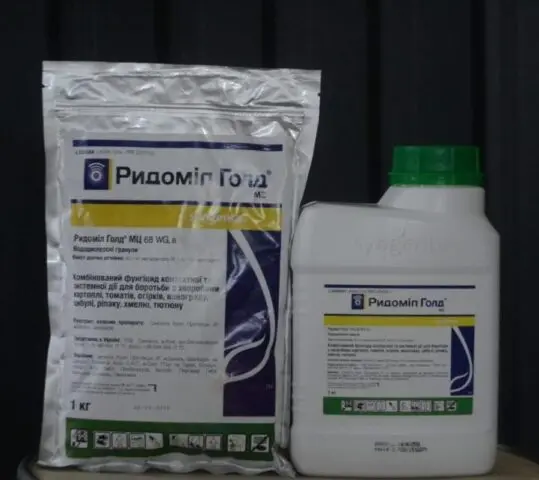
The source of late blight of cucumbers can be infected plant residues, compost
Causes of appearance
The source of infection with late blight of cucumbers are zoospores. They are carried by the wind, and when watered and rained, they fall into the soil. The following factors contribute to the defeat of late blight of cucumbers:
- the presence of mechanical damage on plants;
- low-quality seed;
- thickening of landings;
- weeds;
- constant soil and air humidity, including due to waterlogging, excessive shading, lack of ventilation of the greenhouse;
- increased lime content in the soil;
- weakened immunity, including due to lack of fertilizers, improper care;
- depleted soil;
- sharp diurnal temperature fluctuations.
What is dangerous disease
Late blight is dangerous for plants in that it completely destroys them, leading to death. The fungus quickly spreads over long distances, affects other plantings, and infects the ground. The causative agent winters well in the soil, adapts well to climatic conditions.
Ways to treat late blight on cucumbers
To combat late blight of cucumbers, chemical and biological products, improvised means are used. Processing is carried out in dry calm weather.
Chemicals
The range of chemicals for combating late blight of cucumbers is extensive. The most effective options are:
- Ridomil Gold. For cucumbers in open ground, dissolve 30 g of the fungicide in 10 liters of water.

Treatment for late blight is carried out four times in 1,5-2 weeks
- Previcur Energy. Prepare a solution of 0,15%, spend 20 liters per hundred square meters.

Cucumbers are watered under the root up to five times every two weeks.
- Hom. 40 g per 10 liters of water, 3 liters per hundred square meters.

Cucumbers from late blight are sprayed three times in 1-2 weeks
- Quadris. On a sotku package, prepare 6 ml per 5 l of water.

Re-spraying after 1-1,5 weeks
- Oksikh. 15-20 g per 10-liter bucket of water, enough for a hundred square meters.

Cucumbers from late blight are treated three times with an interval of 1-1,5 weeks, the last time is possible five days before harvesting
- Order. 25 g of the drug is dissolved in 5 liters of water (for greenhouses in 8 liters), spent per hundred square meters.

Cucumbers are sprayed from late blight three times in 1-1,5 weeks
- Kuproksat. 40 ml in 5 liters of water per hundred square meters.

Three treatments are carried out with an interval of eight days, before harvesting for 20 days
- Medex-M. From late blight of cucumbers, 100 g of fungicide is diluted in 10 liters of water, spent per hundred square meters.

Plantings are sprayed four times, before harvesting a maximum of three weeks
- Antrakol. Dissolve 15 ml in 10 liters of water per hundred square meters.

Cucumbers are treated with Antracol up to three times
- Bordeaux mixture. Both powders are diluted separately, the volume is brought to 5 l, mixed.

Cucumbers are sprayed three times in two weeks
Biological methods
Biological preparations mean ecological purity and maximum safety for people, animals, insects. They are highly effective, selective and can be applied throughout the growing season, even days before harvest.
The following biological preparations help against late blight of cucumbers:
- Fitolavin. 2 ml of the drug is diluted in 1 liter of water. This volume is enough for 10 m².

Cucumbers can be harvested two days after processing
- Fitosporin-M. 10 g of biofungicide is diluted in 5 liters of water, consumed per 50 m². The treatment is repeated three times with an interval of 1,5-2 weeks.

Fitosporin-M has no waiting period – cucumbers can be removed and consumed on the same day
- Trichodermin. 20 g of the drug is diluted in 10 liters of water. This volume is enough for 20 m².

Trichodermin cannot be combined with chemical fungicides, mineral fertilizers
- Alirin-B. Cucumbers are sprayed three times, dissolving 5-10 tablets in 10 liters of water.

Alirin-B is effective in combination with other biofungicides – Gamair and Gliocladin
Treatment of late blight on cucumbers with folk remedies
Late blight of cucumbers at an early stage can be overcome with folk remedies. They are also effective for prevention. There are many processing options:
- Soap-garlic infusion. 0,2 kg of peeled cloves are crushed, pour 10 liters of water, leave for four days, filter, add 25 ml of liquid soap. Plantings are processed 3-4 times in 1,5 weeks.
- Garlic-manganese infusion. Grind 0,1 kg of garlic (cloves, arrows), pour a glass of water for a day, filter, add 2 g of potassium permanganate and 10 liters of water. Sprayed with an interval of 1,5-2 weeks.
- Milk-iodine mixture. A liter of milk is poured into 9 liters of water, mixed thoroughly, 30 drops of iodine are added. You can use kefir.
- Soap-ash infusion. 0,5 kg of ash is poured with water (10 l) for three days. The infusion is stirred periodically. Then add 20 liters of water, 40 g of laundry soap. Spray three times.
- Yeast infusion with iodine. 100 g of fresh product is poured into 10 liters of water per day, 30 ml of iodine are added.
- Furacilin. From phytophthora on cucumbers in a greenhouse or open ground for each liter of water, add a tablet of the drug, dissolve and spray.
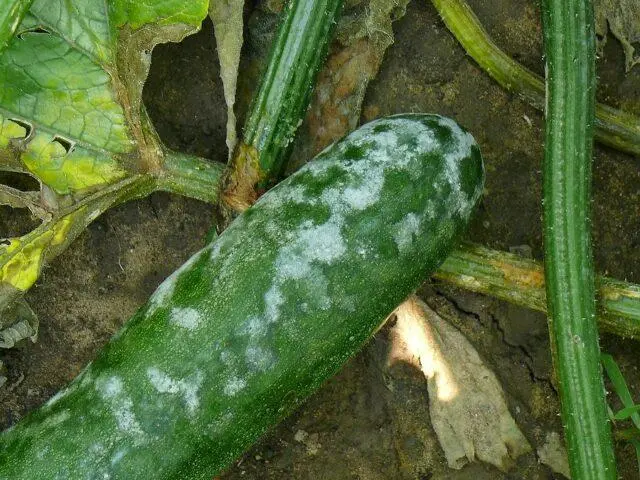
The spread of late blight contributes to rainy weather, fog, dew
Soil treatment after harvest
Phytophthora is extremely viable, infects the earth. To stop the spread of the pathogen and protect future plantings, the soil after harvesting is treated as follows:
- Remove all plant debris. This applies not only to cucumbers, but also to weeds.
- Dig deep into the soil.
- Shed the area with a fungicide – Fitosporin-M, TrichoPlant, Bordeaux mixture, blue vitriol.
Such tillage from late blight is recommended to be carried out also in the spring before sowing. Land for seedlings can also be ignited or steamed.
Is it possible to eat infected cucumbers
So far, not a single scientific study confirms, but does not refute either, that late blight-affected cucumbers are safe for humans. They are not recommended for food for the following reasons:
- the exact effect on the human body is unknown;
- there is a risk of an allergic reaction;
- the disease causes the process of decay, which changes the taste and aroma of the fruit, deprives them of valuable elements.
It is not recommended to use late blight-infected cucumbers for canning, even if the spoiled parts are cut off. There is a risk of increased acidity, which promotes the growth of pathogenic microorganisms.
preventive measures
Any problem is easier to prevent than to deal with it. To prevent late blight of cucumbers, the following measures are taken:
- Treat seeds with fungicides before sowing, do not use material from infected fruits.
- Follow the planting pattern recommended for a particular variety of cucumbers, excluding thickening.
- Regularly weed the beds, destroy plant debris.
- Do not plant cucumbers next to nightshades, and when sowing after them, carefully prepare the soil.
- Mulch beds.
- Ensure the soil is breathable by regular loosening.
- Timely and competently apply fertilizers. Use nitrogen sparingly, maintain a balance of copper, potassium, phosphorus.
- Eliminate moisture stagnation, ensure moderate watering of cucumbers. Sprinkling is the best method.
- Ventilate greenhouses regularly.
- A few days after planting in the ground, start preventive treatment with fungicides.
Cucumber varieties resistant to late blight
One way to reduce the risk of late blight is to plant varieties that are resistant to the disease. The best immunity in such cucumbers:
- Adam;
- Benefit;
- Aquarius;
- Hector;
- Delpina;
- Lancaster;
- Tom Thumb;
- Octopus;
- Diva.

Even good immunity to fungal diseases does not completely exclude them, therefore it is important to follow preventive measures.
Conclusion
Phytophthora on cucumbers without timely treatment can ruin the crop. The disease spreads quickly and over long distances, affects other crops, infects the soil. Phytophthora can be fought with chemical and biological preparations, folk remedies, competent agrotechnical measures.










